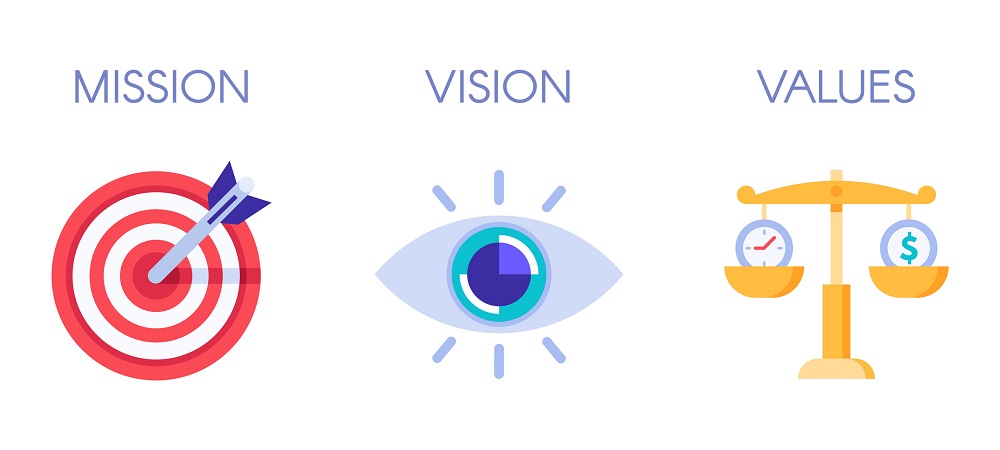Trust as a two-way street
Trust between teacher and student; teacher and manager; leader and team, and even between staff members, is the glue the holds organisations and relationships together. It is also one of the key characteristics of leadership. In this blogpost, Gerhard looks at why trust is important, how to build it, and what could happen if there is too much trust.

We encounter trust in many aspects of the language teaching organization. Students trust the school that they will be receiving high quality education. They trust the teachers and without a solid level of trust and rapport, corrective feedback is unlikely to stick. Why would students listen to the feedback from a teacher they do not trust?
The academic manager trusts their teachers. We don’t expect the academic manager to sit in every class of all their teachers, for the whole lesson, to keep an eye on what every teacher is doing. However, academic managers conduct performance observations, not only for the purpose of professional development but also to ensure that the product being delivered is what the students have purchased and to ensure academic quality. The teacher, when receiving feedback, also has to trust the judgement of the academic manager or the observer. Without that trust, feedback will not be taken on board, but it doesn’t mean that we just let everyone get on with it without having controls in place.
This blogpost looks at the role of trust in leadership and management, how to inspire it, and how to ensure that there isn’t too much trust and too little control.

Trusting others
In Prudy Gourgeochon’s article, Want To Avoid A Catastrophe When Hiring A New CEO? Try Using This Simple Checklist, she explains the cognitive capacities and personality traits that leaders should have, and highlights that three of the characteristics – self-awareness, critical thinking and discipline – are qualities that leaders can have in abundance. By contrast, she says that trust and empathy, while key characteristics, could have a negative effect if they appear in abundance.
So, the leader or manager needs to have enough trust in their own employees to deliver, but also have enough control to be able to offer the necessary help, support, assistance and guidance that teachers or other employees might need. This means that the leader needs to be able to both inspire trust and trust others. Trust is a two-way relationship and when trust exists, managers and leaders can:
- create a shared vision about what the organisation does and where it is going;
- count on teachers and staff members to deliver on objectives;
- develop a cohesive team with a purpose and empowered team members;
- model effective decision making and delegate;
- create an environment of trust, respect, and inclusion;
- grow and develop the leaders and managers of the future, as well as model how to develop and grow others.

Inspiring trust
Employees who trust the leadership of their organisations are more likely to experience work satisfaction, feel valued, display commitment and are less likely to quit. Teams and organisations where trust is evident are more likely to accept organisational changes and are also more likely to develop resilience. Building trust and inspiring trust requires the leader to view trust as important and actively build trust.
This can be done by:
- Communicating frequently across the organisation (hosting town halls for larger organisations).
- Supporting and developing employees.
- Including employees in decision making and ensuring that their voices are heard.
- Respecting others and their opinions. This would also mean that employees need to respect the leader, but just like trust, it is a two-way street.
- Showing clearly what your ethical values and rules are and ensuring that decisions are always based on those values. It is very hard for someone to be trusted if we are uncertain of their values and what they are basing their decisions on.
- Acting with integrity and showing it. While ethics is considered external, integrity is internal. People with poor integrity could appear ethical, but their integrity determines their true views and what they value. Showing what your true values and views are is much more likely to let your teaching staff and other staff members feel like they share values and purpose with you, and then be tolerant of differences, than if the leader never shows their values and how they influence their actions.
- Being fair. This includes fair treatment, fair processes, and fair allocation of resources and classes.
Too much trust
While trust is a key ingredient in successful leadership, and in the successful class, too much trust also has negative effects.
Trusting others too much can lead to:
- missed clues related to misconduct or problems;
- confirmation bias in crisis or conflict situations;
- vulnerability, especially if the person is someone the leader relies on.
Too much trust in the leader can lead to:
- unhealthy idealisation of the leader;
- exploitation of trust by the leader;
- judgements and decisions being based on emotions rather than rational thought.

Looking forward
While trust is very important, it is equally, if not more, important to ensure that the trust the leader has in others and the trust the leader inspires is balanced. We can trust our teaching teams, our sales teams, our marketing teams, or our operations teams too much. The potential risk of too much trust can be mitigated, but the risk of no trust is exponentially more problematic.
Building trust is a long-term task that requires clear values and actions on those values. Just as our organisations have mission, vision, and value statements, we should have them as leaders and managers too. So, develop your own set using these questions: Who are we? What do we do? What are our values? Are our mission, vision, and value state evident to our teams, and are we using them to inspire and empower our staff members? If you haven’t got them already, and if you have got them review them at regular intervals and/or after key changes.
How have you found it in your school? Is trust balanced? Have you had to rethink the way you build trust post Covid-19? Please share your experiences in the comments below.

Comments
Write a Comment
Comment Submitted